The Russian artist Natalia Goncharova (1881–1962) was a misfit by birth and vocation, defying the rigid categories of imperial Russia. Born into an aristocratic land-owning family, she became a high-profile figure of avant-garde art. As a woman, she also caused outrage by producing challenging religious works and experimental nudes: in 1910 her painting The Deity of Fertility was confiscated by police and she was charged with violating a law that prohibited ‘corrupting’ imagery. In 1913, aged only 32, Goncharova enjoyed a retrospective show (the first devoted to a Russian avant-garde artist) at the Art Salon on Bolshaya Dmitrovka Street, Moscow’s new and largest exhibition space, where the wealth and breadth of her output – some 800 works were displayed – led to the coining of the term ‘everythingism’ to characterise her non-hierarchical, multi-faceted practice.
More than a century later, this show at Tate Modern is only the second outside Russia to be dedicated to Goncharova. Among some 170 loans are those from Moscow’s State Tretyakov Gallery, which houses the world’s largest collection of her works. Focusing principally on Goncharova’s paintings, although textiles and graphics are also given plenty of attention, the exhibition is arranged around the key themes informing her art – the countryside, religion, war – and has at its heart a large room evoking some of the range of that 1913 show.
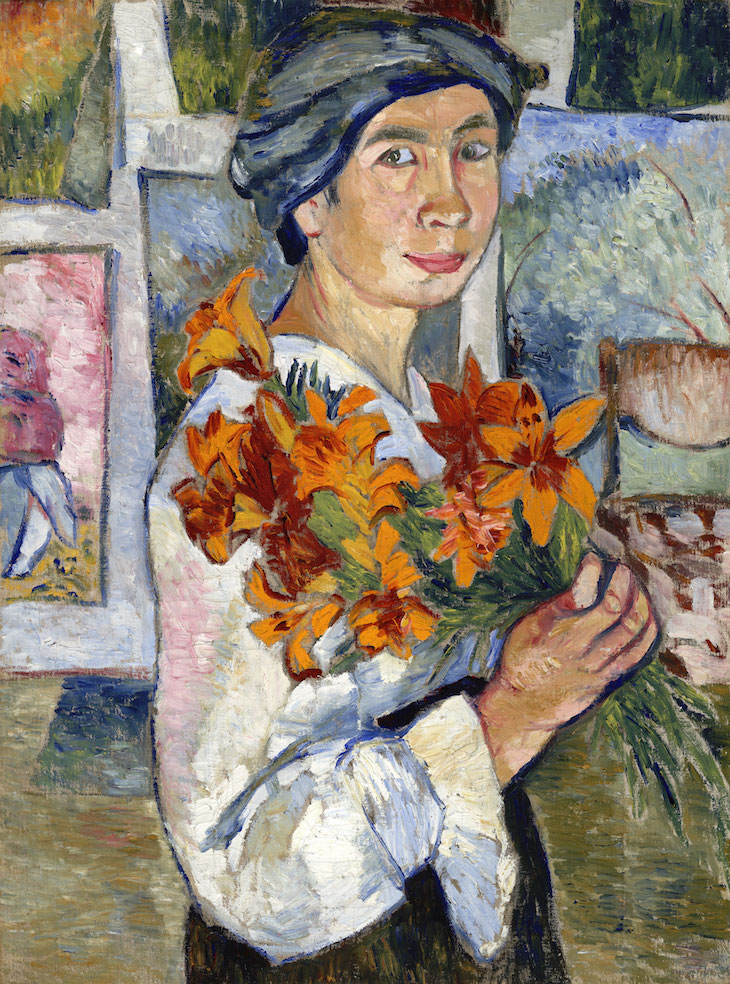
Self Portrait with Yellow Lilies (1907–08), Natalia Goncharova. State Tretyakov Gallery, Moscow. © ADAGP, Paris and DACS, London 2019
Goncharova’s Self-Portrait with Yellow Lilies (1907–08), in which she appears in her studio before a wall of paintings, shows the artist smiling, her strong face resolutely un-prettified. ‘A young woman of great intelligence, not beautiful, though very attractive, tall, bohemian in dress, indolent, reserved, mysterious, Russian to a T,’ is how she appeared to the Italian artist Ardengo Soffici when he met her in 1914. This show does indeed illuminate Goncharova as ‘Russian to a T’, in a way that powerfully and distinctively united tradition and experimentation.
Growing up on her family’s country estate, Goncharova witnessed from early childhood the demands of agrarian life. The family fortune came from textile manufacturing, and she was therefore familiar with all its stages. Her interest in Russian embroidery remained a constant throughout her career and was translated into her painting, graphics, fashion and stage designs. She was also part of the generation that rediscovered traditional icons, recasting them as works of art and not only objects of veneration. She drew inspiration, too, from luboks (popular prints), shop signboards and tin-tray paintings to explore a bold colour palette, with strong outlines and an unconventional approach to perspective. Her ‘neo-primitivism’ was promoted as the first distinctly Russian modernist style. A vein of nostalgic pastoral – the dream of the Russian countryside as a lost Eden in the face of industrialisation – informed her work throughout.
While at the Moscow School of Painting, Sculpture and Architecture, Goncharova met fellow student Mikhail Larionov, who became her life partner and collaborator, and the chief promoter of her work. It was also her good fortune to live through exceptionally dynamic times for the Russian art scene: Goncharova witnessed the 1905 revolution, which brought about a relaxation of censorship, the foundation of creative groups, and a boom in art and culture publishing. The first public art museums had not long opened their doors in Moscow. The journey through the exhibition gives some idea of Goncharova’s irrepressibly dynamic evolution as an artist, as she moved from Impressionism to Post-Impressionism to Expressionism, and investigated the machine age by developing ‘Rayonism’, a form of Russian abstract art whose long, flare-like dashes were a response to Italian Futurism. It was one of Goncharova’s strengths that she was capable of absorbing diverse cultural traditions without losing herself: ‘In France, Picasso is the foremost talented artist working in the cubist manner; in Russia, it is your humble servant,’ she wrote in 1912.
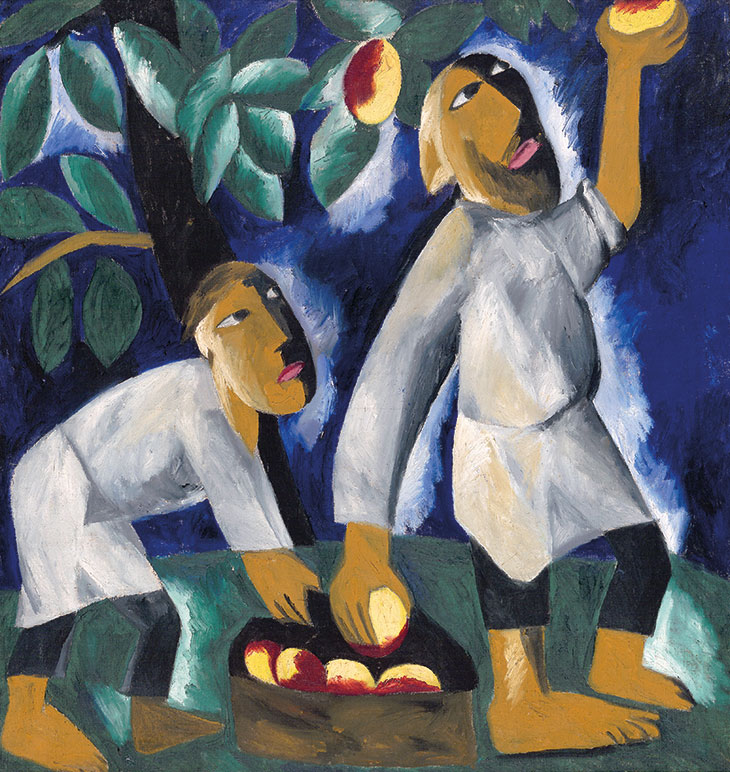
Peasants Picking Apples (1911), Natalia Goncharova. State Tretyakov Gallery, Moscow. © ADAGP, Paris and DACS, London 2019
Particularly fascinating are examples of Goncharova’s innovative and often controversial integration of popular, naive traditional forms with modernist trends, such as the 1914 print series Mystical Images of War, her response to the cataclysmic events of the First World War, which juxtaposes angels, saints, and Russian historical heroes with images of modern warfare. Elsewhere, her cubist-inflected Peasants Picking Apples (1911) have been given mask-like faces reminiscent of Scythian stone figures. At the centre of the exhibition hangs the monumental polyptych Harvest (1911), whose vibrant cobalt, orange and purple tones resemble stained-glass windows – a dark, apocalyptic work fusing religious themes with a modernist aesthetic. Seven of the nine panels survive, and have come here from four international collections.
In 1913, at the peak of her career as an avant-garde artist, Goncharova took part in a proto-happening in the most fashionable district of Moscow, parading through the streets with abstract designs painted on her face. ‘The young crowd […] don’t just emulate her as an artist; they imitate her appearance, too,’ Sergei Diaghilev said about her talent for self-presentation. One room illustrates how Goncharova channelled some of this flair into collaborations with the fashion designer Nadezhda Lamanova, who served the imperial court and aristocracy in Moscow, and later in 1920s Paris (where Goncharova would live until her death at the age of 81) with couturière Marie Cuttoli and her Myrbor fashion house.
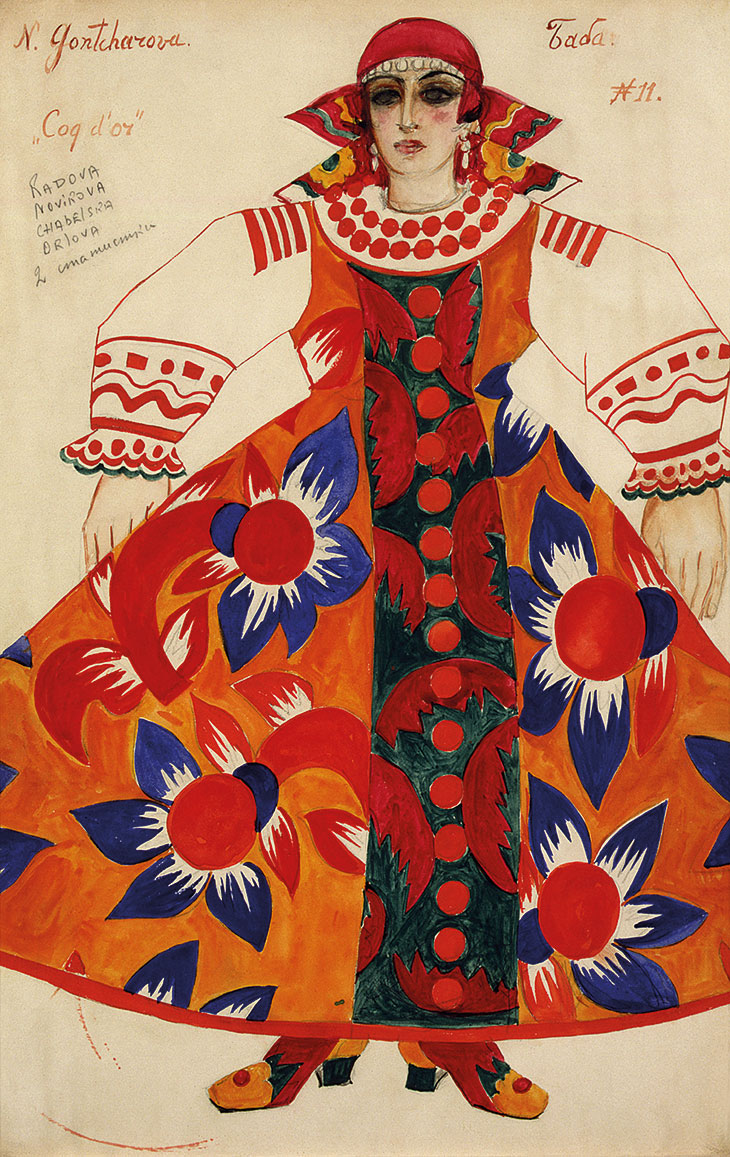
Peasant Woman costume design for Le Coq d’Or (1937), Natalia Goncharova. State Tretyakov Gallery, Moscow. © ADAGP, Paris and DACS, London 2019
Ultimately, it was her involvement with the Ballets Russes that made Goncharova’s reputation in the West. The inventive costume and set designs included in the show’s final room – to the accompaniment of music by Stravinsky – are thrilling, demonstrating the artist’s interest in making costumes for performance rather than just jewel-like display. There is some wonderfully kinetic colour footage from a performance in 1938 of Rimsky-Korsakov’s opera Le Coq d’Or, and Goncharova’s drawings of sea-creature costumes for his Sadko help us imagine silk fins and tendrils floating with the dancers’ movements, and metallic scales catching the stage lights.
At once deeply rooted in Russian heritage and always reaching outwards and forwards to new realms of creativity, Goncharova comes across as a key figure of the 20th century, ripe for discovery and reappraisal. Her appetite for making art is tangible: ‘I feel free and full of courage,’ she wrote, ‘that is to say I am painting and that is how I express my joie de vivre.’
‘Natalia Goncharova’ is at Tate Modern, London, until 8 September.
From the July/August 2019 issue of Apollo. Preview and subscribe here.
Unlimited access from just $16 every 3 months
Subscribe to get unlimited and exclusive access to the top art stories, interviews and exhibition reviews.

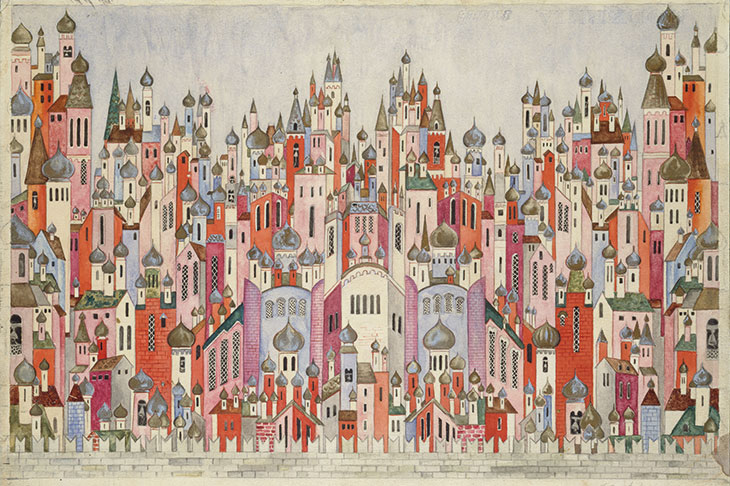
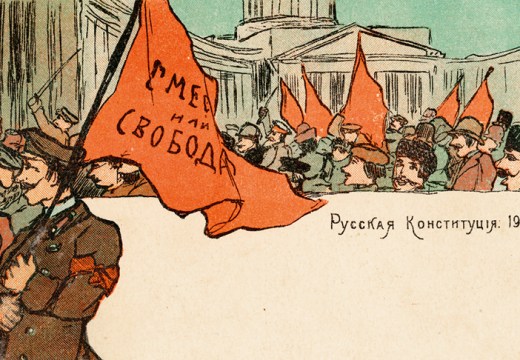
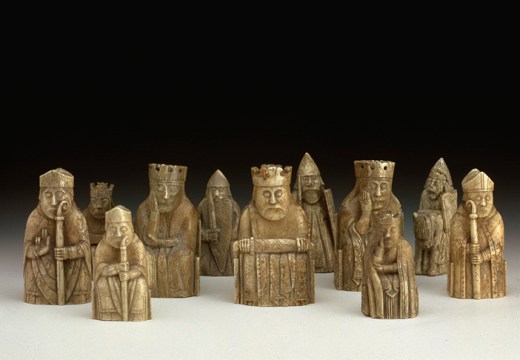
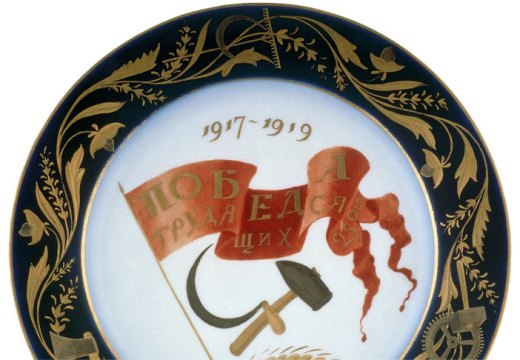









![Masterpiece [Re]discovery 2022. Photo: Ben Fisher Photography, courtesy of Masterpiece London](http://www.apollo-magazine.com/wp-content/uploads/2022/07/MPL2022_4263.jpg)
It’s time for the government of London to return to its rightful home